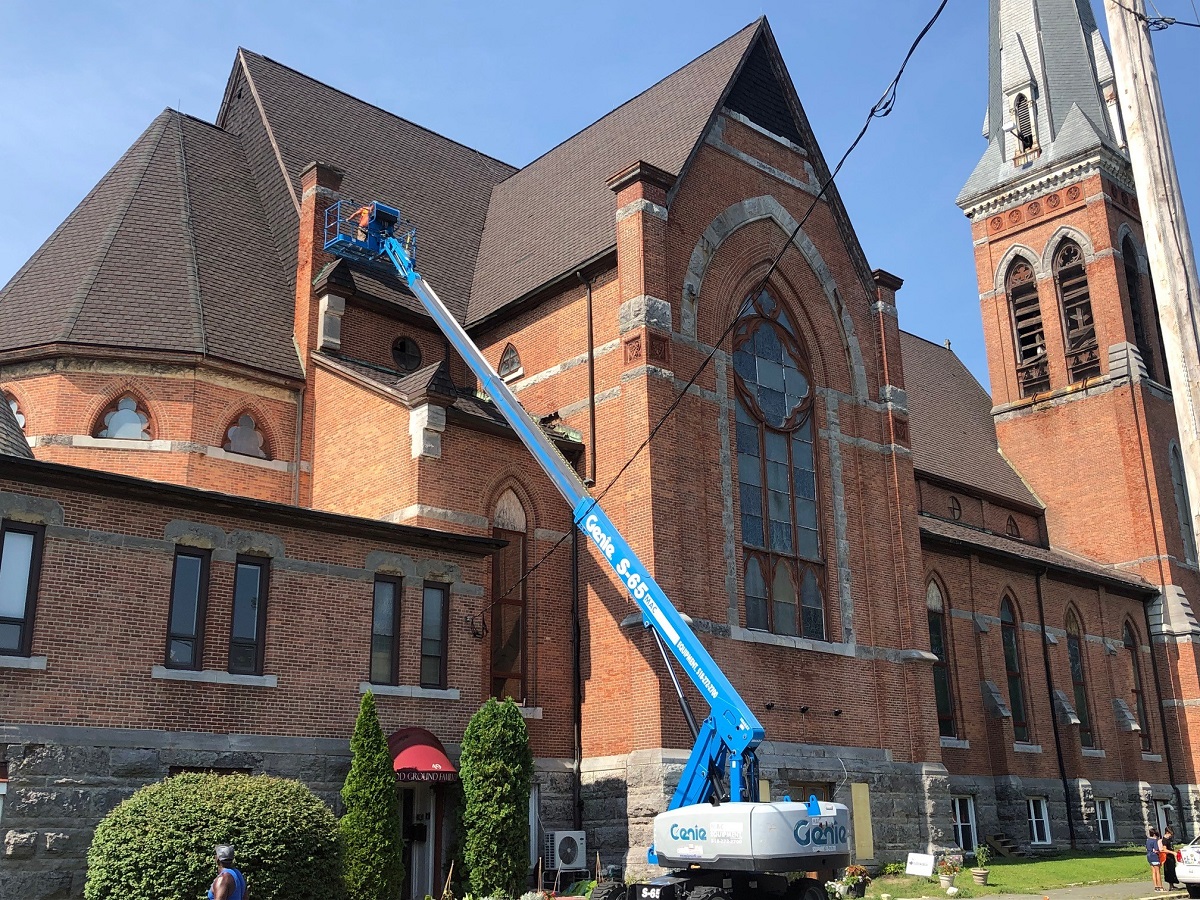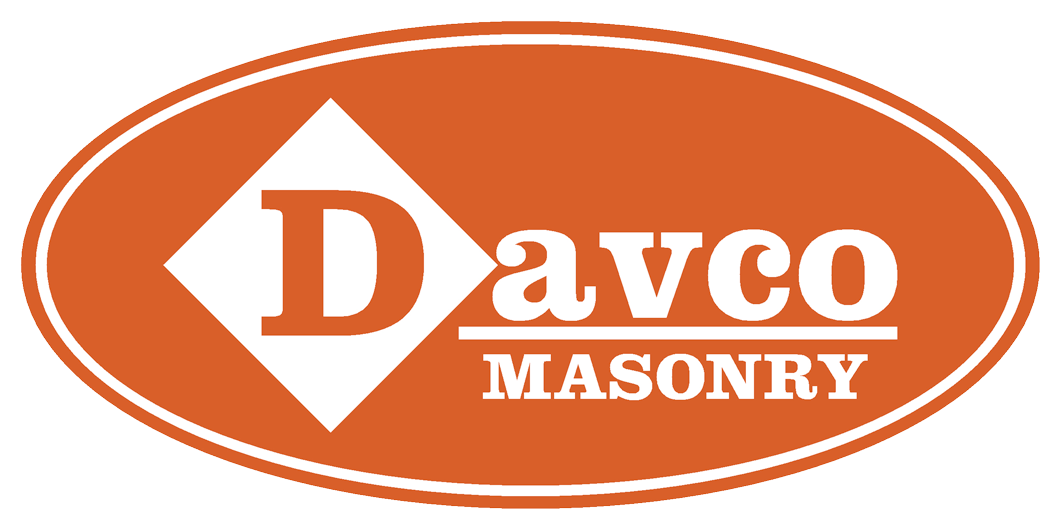

Historic Masonry Restoration
Historic restoration is the practice of restoring properties to their original historical character. Restoration on historical buildings focuses specifically on maintaining and preserving the original condition of the building. New restorative work should blend seamlessly into the existing structure. Davco Masonry has numerous examples of beautiful historic architecture, which require attentive care and restoration to ensure longevity.
Davco has extensive experience with historical churches, residences, schools and more, all over the Capital District. We possess the attention to detail you expect, the understanding of history masonry composition, and new products which compliment your existing historical needs. Without having any of these necessary attributes, proper historic renovation is not possible or warranted.
The initial step when restoring historical masonry buildings, is to identify the root cause of the deterioration. This could include leaking roofs or gutters, settlement of the building, or extreme weather exposure. Identifying these problems first, before completing any restoration work, can save a significant amount of time and money in the long run.
Deterioration & Spalling
The most severe deterioration of historic masonry buildings in Upstate New York, is often associated with freeze/thaw cycles. Moisture from various sources can become trapped in or on the surface of the structure. Water in freezing temperatures can damage the brick or stone, along with the mortar joints, due to the expansion of water during freezing. This results in the crumbling or flaking of the surface, called spalling.
Using the Correct Mortar
Finding an appropriate mortar match is critical for preserving the original character and physical integrity of a historic structure. Thorough examination is important to finding the new mortar, which must match the historic mortar in color, texture, and tooling. Having a skilled mason who has knowledge and experience pertaining to historical masonry, is beneficial for an accurate match. In some cases, it may be necessary to have a laboratory analyze a sample of the historic mortar, to ensure the best possible results. While matching the aesthetics of the mortar is important to preserving the historical character, using the proper strength of mortar when repointing is equally important. Mortars for repointing should be softer than the brick or stone to prevent unnecessary damage. Differential movement, which is unequal movement of the masonry structure, must be relieved by the mortar, rather than the brick or stone. If differential movement is instead relieved by the masonry units, it could result in cracking or spalling, which cannot be easily repaired.
Tuckpointing
Tuckpointing is the process of removing old, deteriorated mortar, and replacing it with new mortar. When preserving a historical building, this step of the process requires a skilled craftsmen with attention to detail. An unskilled mason can damage the brick or stone while removing the mortar, which could result in unnecessary damage to the historical building.
How We Can Help
Davco Masonry has a considerable amount of experience and knowledge pertaining to historic masonry buildings. We have been serving the Upstate Capital District for over 50 years. We have worked on countless historical structures in Albany County, Rensselaer County, Saratoga County, Montgomery County, Schenectady County, Green County and more...
If you are interested in a free consultation and estimate for your historical restoration project, contact us at (518) 271-8467, sales@davcomasonry.com, or visit our contact page and fill out our form.

